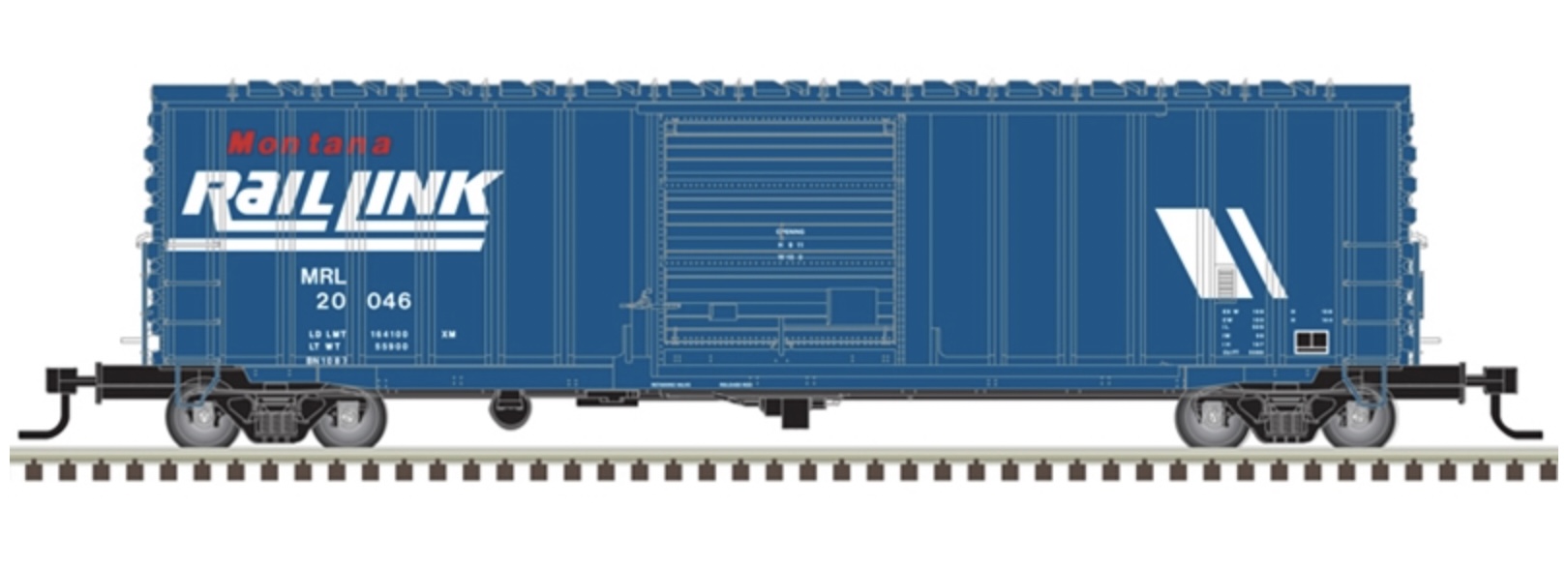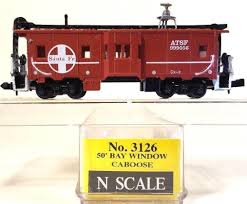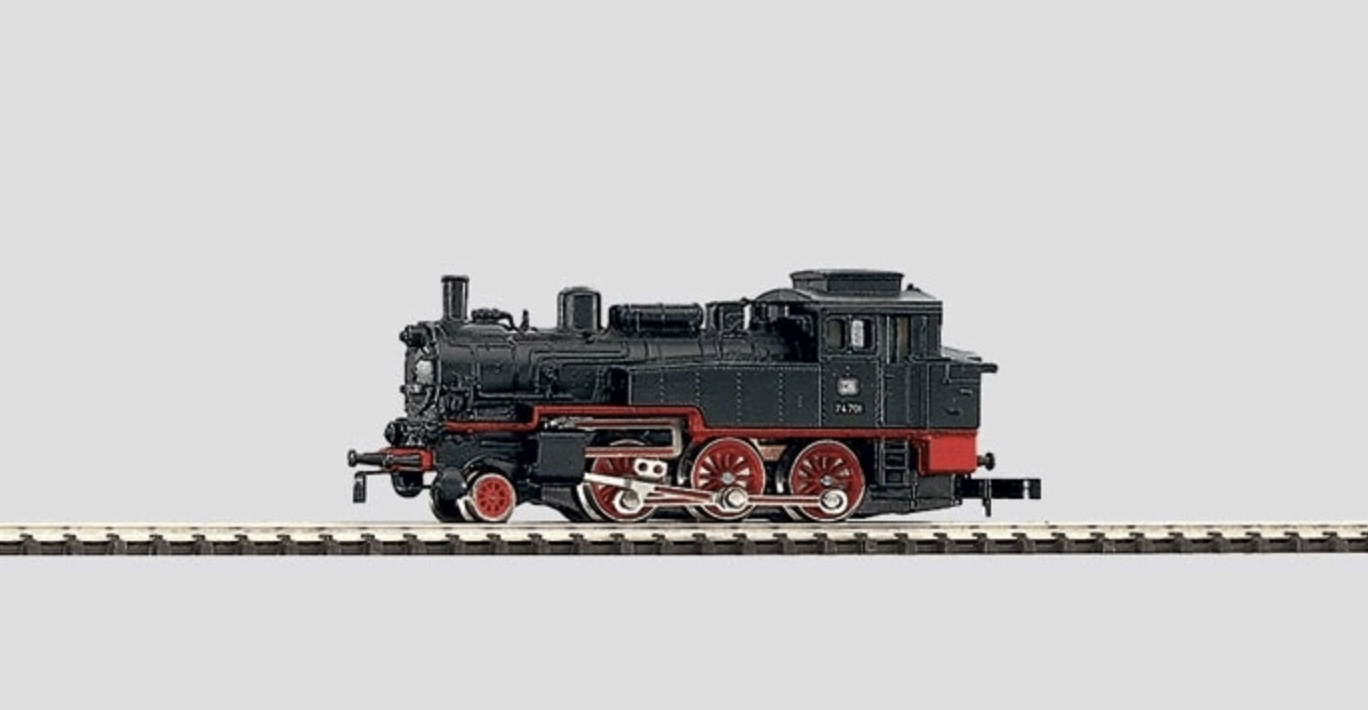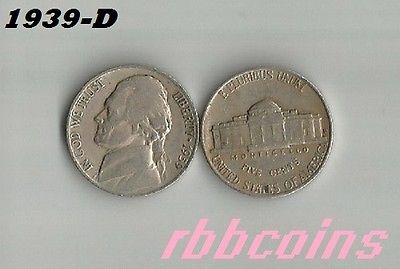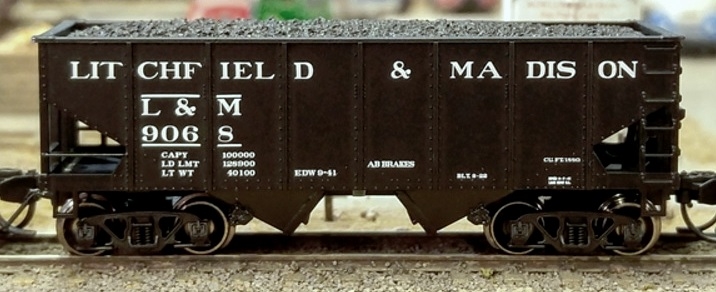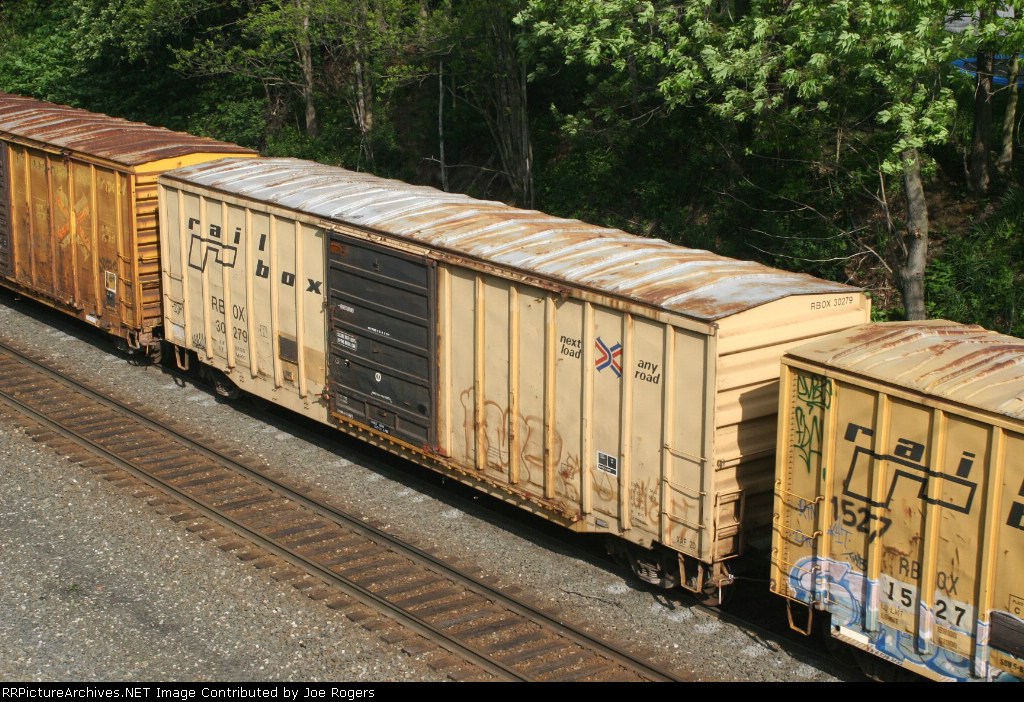Model Information: This model was introduced in 2002 and is made in China. It comes in two variants: Rib side or Smoothside.
It features:
It features:
- a prototypically detailed body with realistic ladders, brake wheel and see-through end crossover walkway;
- detailed die-cast metal underframe;
- separate brake system;
- air reservoir;
- 70-ton roller-bearing trucks;
- accurate painting and printing details.
Prototype History: The 50' boxcar had largely replaced its 40 foot predecessor by the 1960s. With the advent of the Per Diem rules, production of 50 foot steel boxcars by all tyhe major manufacturers really took off. ACF (American Car & Foundry) was no exception. This model was built by ACF (American Car and Foundry) in the late 1960's and early 1970's. It was delivered in both smooth side and rib side versions. This boxcar features a single sliding door and no roof-walk. Conrail took possession of about 1,000 of these cars from the Penn Central that were built and delivered in 1971. The Illinois Central took delivery of 200 50' ACF boxcars in April of 1967. The cars are easily identifiable with their indented panel area to the right of the 10' door
Road Name History: Montana Rail Link (reporting mark MRL) is a privately held Class II railroad in the United States. MRL, which operates on trackage originally built by the Northern Pacific Railway, is a unit of the Washington Companies, and is headquartered in Missoula, Montana.
The railroad runs between Huntley, Montana and Spokane, Washington, largely within Montana, and the main line passes through the towns of Missoula, Livingston, Bozeman, Billings, and Helena. Montana Rail Link connects with the BNSF on both ends and also in Garrison, Montana. The railroad has 937 miles (1,507 km) of track, serves over 150 customers, and employs 1,200 personnel. The main yard is in Laurel, Montana, with smaller yards located in Missoula, Billings, and Helena.
Montana Rail Link's present status and main line date back to 1987, when MRL under Missoula businessman Dennis Washington agreed to lease Burlington Northern's southern Montana main line between Sandpoint, Idaho and Huntley, Montana, near Billings. This spin-off was controversial as it happened during contract negotiations between Burlington Northern and the United Transportation Union. MRL workers are represented by various unions. Montana Rail Link trains operate between Billings, MT and Spokane, WA using trackage rights over BN successor BNSF Railway's tracks connecting those points.
Montana Rail Link still uses cabooses, which are used to carry remote control switching equipment on Laurel switch engines. A significant number of MRL movements are actually BNSF trains, complete with locomotives, that MRL receives at one end of its track and forwards back to BNSF at the other end. MRL also operates trains of its own to gather and distribute local freight along its lines. Forest products and grain are primary commodities, and MRL also operates a special train, called the Gas Local, between Missoula and Thompson Falls, Montana, to bridge a gap in a long-distance gasoline pipeline.
The railroad runs between Huntley, Montana and Spokane, Washington, largely within Montana, and the main line passes through the towns of Missoula, Livingston, Bozeman, Billings, and Helena. Montana Rail Link connects with the BNSF on both ends and also in Garrison, Montana. The railroad has 937 miles (1,507 km) of track, serves over 150 customers, and employs 1,200 personnel. The main yard is in Laurel, Montana, with smaller yards located in Missoula, Billings, and Helena.
Montana Rail Link's present status and main line date back to 1987, when MRL under Missoula businessman Dennis Washington agreed to lease Burlington Northern's southern Montana main line between Sandpoint, Idaho and Huntley, Montana, near Billings. This spin-off was controversial as it happened during contract negotiations between Burlington Northern and the United Transportation Union. MRL workers are represented by various unions. Montana Rail Link trains operate between Billings, MT and Spokane, WA using trackage rights over BN successor BNSF Railway's tracks connecting those points.
Montana Rail Link still uses cabooses, which are used to carry remote control switching equipment on Laurel switch engines. A significant number of MRL movements are actually BNSF trains, complete with locomotives, that MRL receives at one end of its track and forwards back to BNSF at the other end. MRL also operates trains of its own to gather and distribute local freight along its lines. Forest products and grain are primary commodities, and MRL also operates a special train, called the Gas Local, between Missoula and Thompson Falls, Montana, to bridge a gap in a long-distance gasoline pipeline.
Brand/Importer Information: In 1924 Stephan Schaffan, Sr. founded the Atlas Tool Company in Newark, New Jersey. In 1933 his son, Stephan Schaffan, Jr., came to work for his father at the age of sixteen. Steve Jr. built model airplanes as a hobby and frequented a local hobby shop. Being an enterprising young man, he would often ask the owner if there was anything he could do to earn some extra spending money. Tired of listening to his requests, the hobby-store owner threw some model railroad track parts his way and said, "Here, see if you can improve on this".
In those days, railroad modelers had to assemble and build everything from scratch. Steve Jr. created a "switch kit" which sold so well, that the entire family worked on them in the basement at night, while doing business as usual in the machine shop during the day.
Subsequently, Steve Jr. engineered the stapling of rail to fiber track, along with inventing the first practical rail joiner and pre-assembled turnouts and flexible track. All of these products, and more, helped to popularize model railroading and assisted in the creation of a mass-market hobby. The budding entrepreneur quickly outgrew the limitations of a basement and small garage operation. Realizing they could actually make a living selling track and related products, Steve and his father had the first factory built in Hillside, New Jersey at 413 Florence Avenue in 1947. On September 30, 1949, the Atlas Tool Company was officially incorporated as a New Jersey company.
In 1985, Steve was honored posthumously for his inventions by the Model Railroad Industry Association and was inducted into the Model Railroad Industry Hall of Fame in Baltimore, Maryland. In addition, Steve was nominated and entered into the National Model Railroad Association Pioneers of Model Railroading in 1995.
In the early 1990s, the Atlas Tool Company changed its name to Atlas Model Railroad Company, Inc.
In those days, railroad modelers had to assemble and build everything from scratch. Steve Jr. created a "switch kit" which sold so well, that the entire family worked on them in the basement at night, while doing business as usual in the machine shop during the day.
Subsequently, Steve Jr. engineered the stapling of rail to fiber track, along with inventing the first practical rail joiner and pre-assembled turnouts and flexible track. All of these products, and more, helped to popularize model railroading and assisted in the creation of a mass-market hobby. The budding entrepreneur quickly outgrew the limitations of a basement and small garage operation. Realizing they could actually make a living selling track and related products, Steve and his father had the first factory built in Hillside, New Jersey at 413 Florence Avenue in 1947. On September 30, 1949, the Atlas Tool Company was officially incorporated as a New Jersey company.
In 1985, Steve was honored posthumously for his inventions by the Model Railroad Industry Association and was inducted into the Model Railroad Industry Hall of Fame in Baltimore, Maryland. In addition, Steve was nominated and entered into the National Model Railroad Association Pioneers of Model Railroading in 1995.
In the early 1990s, the Atlas Tool Company changed its name to Atlas Model Railroad Company, Inc.
Item created by: CNW400 on 2022-06-20 10:04:31
If you see errors or missing data in this entry, please feel free to log in and edit it. Anyone with a Gmail account can log in instantly.
If you see errors or missing data in this entry, please feel free to log in and edit it. Anyone with a Gmail account can log in instantly.


